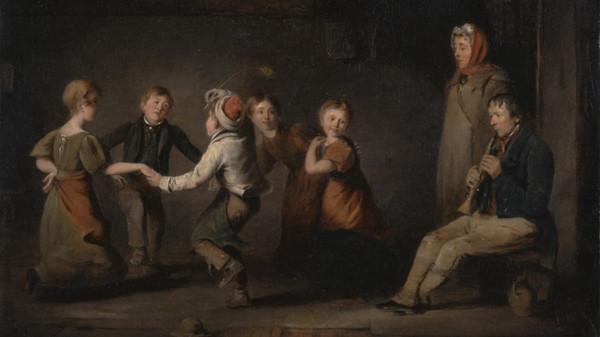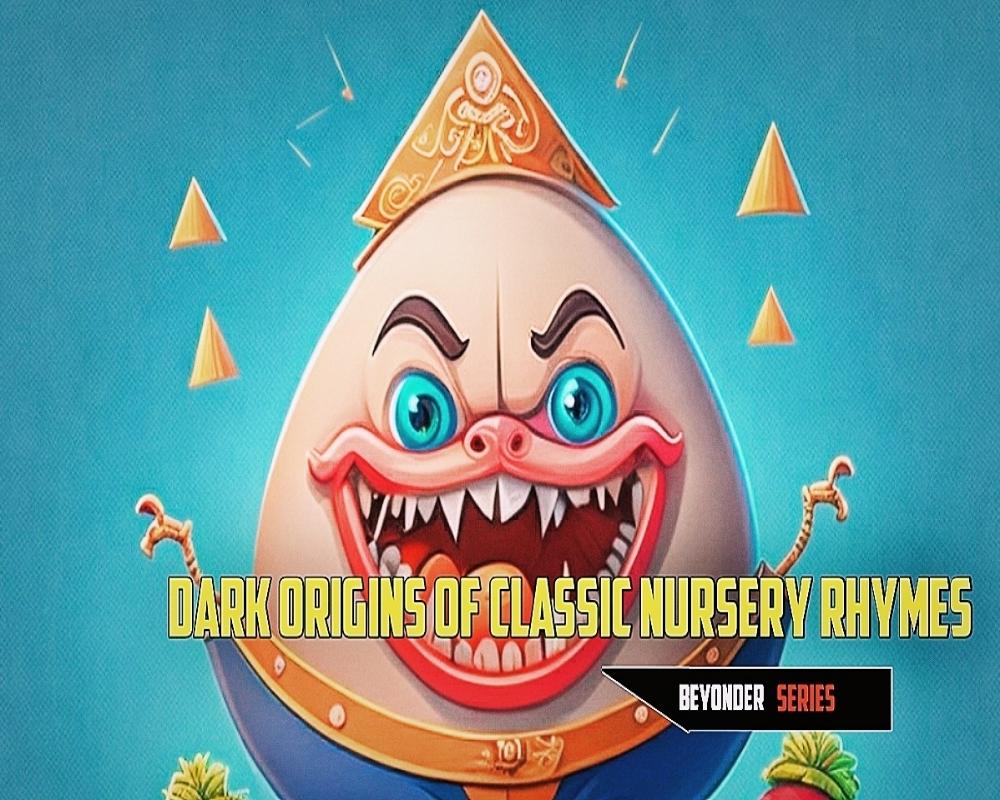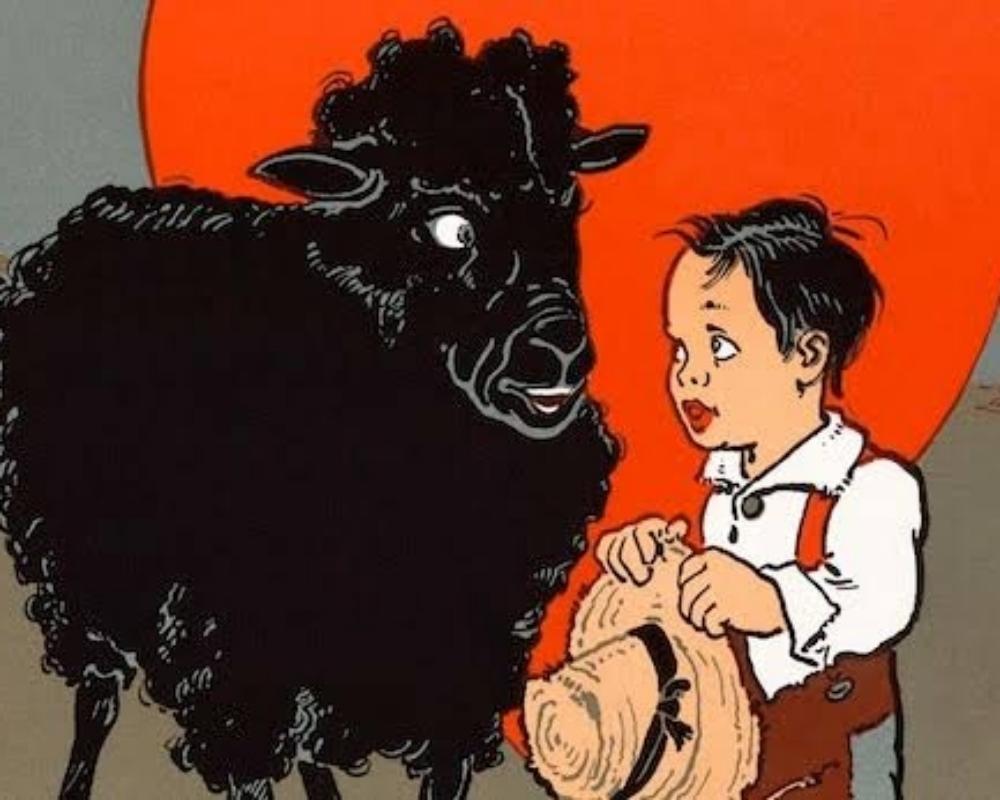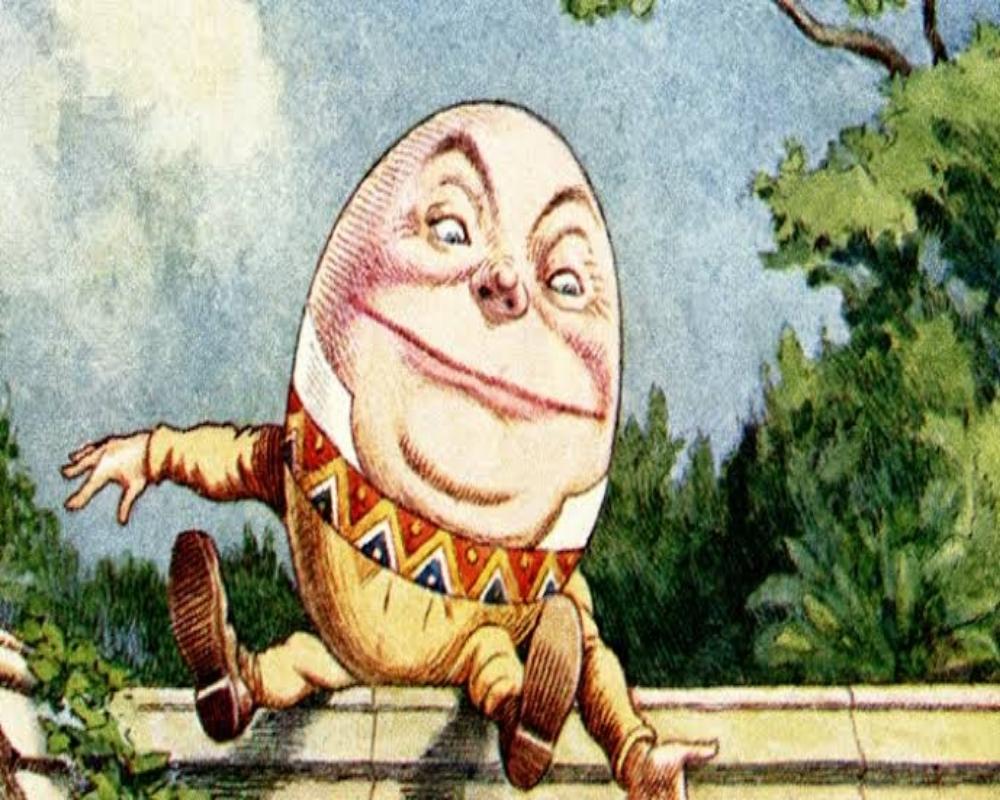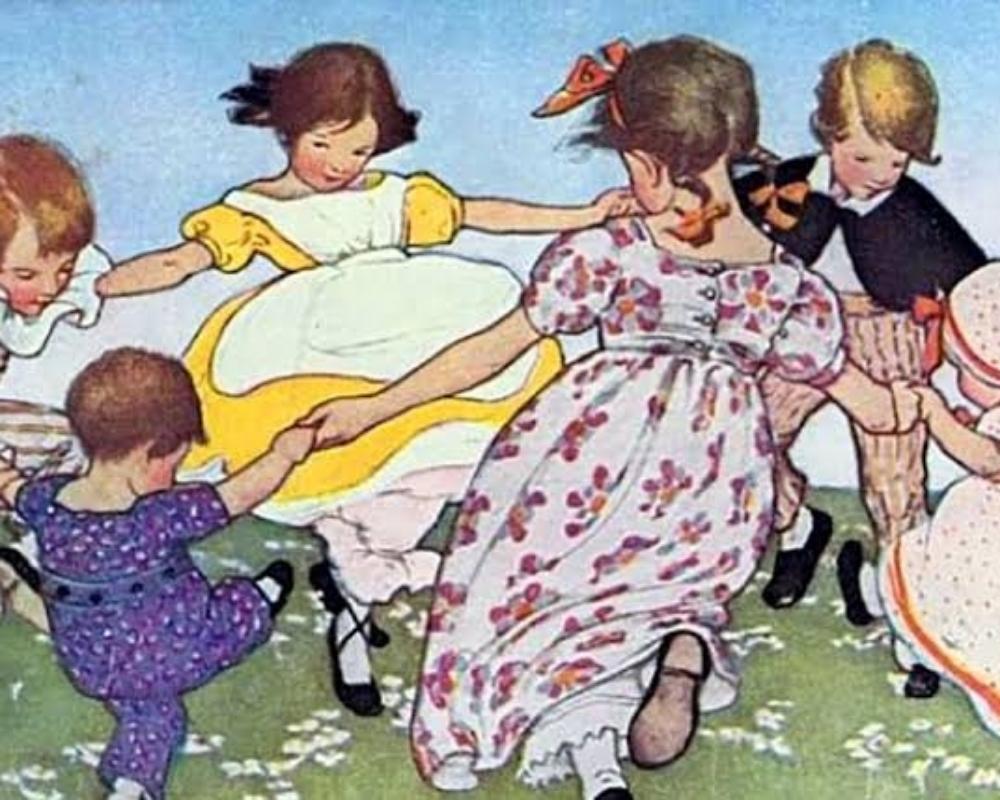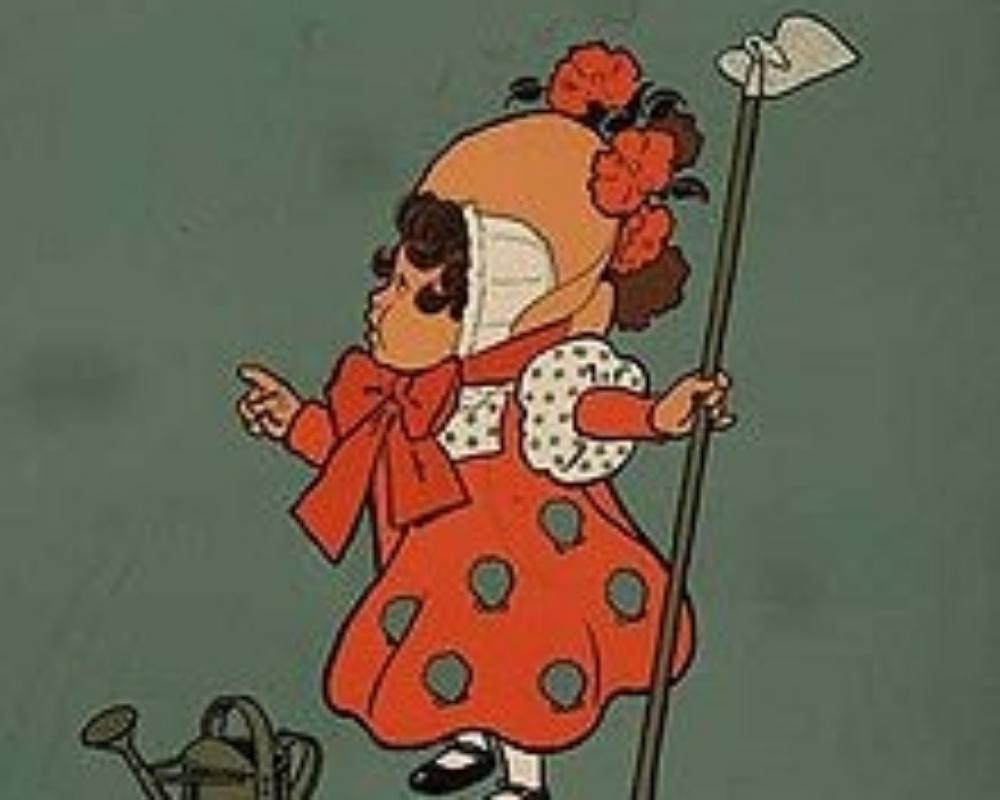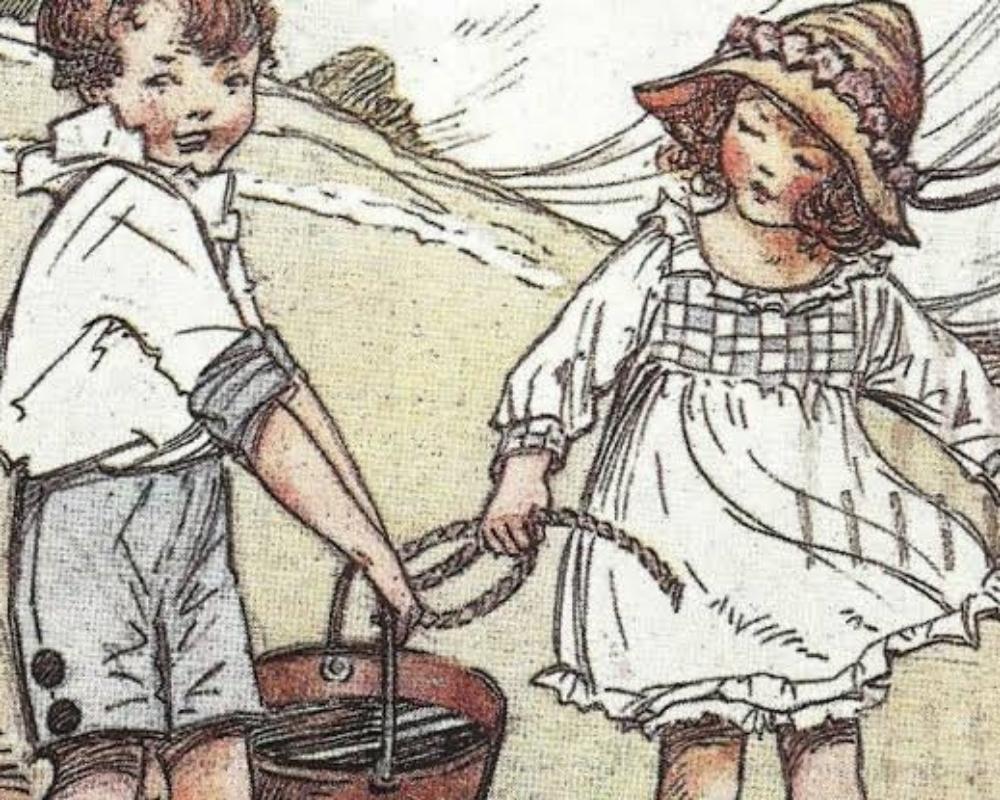The Dark and Mysterious Origins of Some Classic Nursery Rhymes
Curated from: mentalfloss.com
Ideas, facts & insights covering these topics:
9 ideas
·4.17K reads
35
4
Explore the World's Best Ideas
Join today and uncover 100+ curated journeys from 50+ topics. Unlock access to our mobile app with extensive features.
Introduction
In the canon of great horror writing, Stephen King, Edgar Allan Poe, H.P. Lovecraft, Bram Stoker, and Mary Shelley tend to dominate the craft. But Mother Goose isn’t too far behind. Yes, that fictional grande dame of kiddie poems has got a bit of a dark streak, as evidenced by the unexpectedly sinister theories surrounding the origins of these well-known nursery rhymes.
26
674 reads
Baa, Baa, Black Sheep // 1731
Though most scholars agree that “Baa, Baa, Black Sheep” is about the Great Custom, a tax on wool that was introduced in 1275, its use of the color black and the word master led some to wonder whether there was a racial message at its center. Its political correctness was called into question yet again in the latter part of the 20th century, with some schools banning it from being repeated in classrooms, and others simply switching out the word black for something deemed less offensive. In 2011, news outlets reported on the proliferation of “Baa, Baa, Rainbow Sheep” as an alternative.
25
646 reads
Goosey Goosey Gander // 1784
It’s hard to imagine that any rhyme with the phrase goosey goosey in its title could be described as anything but feel-good. But one popular version of the ditty is actually a tale of religious persecution. Some years after the song’s first appearance in the historical record, it was appended with some disturbing lines. “There I met an old man, who wouldn't say his prayers, so I took him by his left leg and threw him down the stairs.” Ouch!
26
448 reads
According to noted English folklorists Iona and Peter Opie, “It is very probable that they had a separate origin. They are much the same as the lines which school-children address to the cranefly (‘Daddy-long-legs’), sometimes pulling off its legs as they repeat,
Old Father Long-Legs
/ Can’t say his prayers;
/ Take him by the left leg,
/ And throw him downstairs.”
24
399 reads
Humpty Dumpty
Some say Humpty Dumpty is a sly allusion to King Richard III, whose brutal 26-month reign ended with his death in the Battle of Bosworth in 1485. In this speculative version, King Richard III’s horse was supposedly called “Wall,” off of which he fell during battle. He was bludgeoned so severely his men could not save him, becoming the last king to die in battle.
Historians long thought King Richard III was humpbacked. Shakespeare perpetuated this myth, famously portraying him as “a poisonous bump-backed toad” in his historical play, which was first performed in the early 1600s.
27
485 reads
Eeny Meeny Miny Mo // Early 19th Century
No, there’s nothing particularly inflammatory about the lines “Eeny, Meeny, Miny, Mo, Catch a tiger by his toe.” Different versions of the tune popped up around the world, and most are appropriately innocent. The late 19th/early 20th century version in the United States was explicitly racist, though, with a racial slur in place of the tiger kids catch today. That version has, for good reason, fallen out of favor.
24
433 reads
Even with the lyrical switch-out, a reference to the poem can still be offensive. In 2004, two Black passengers sued Southwest Airlines for intentional infliction of emotional distress and negligent infliction of emotional distress, following an incident where a flight attendant used the rhyme in a humorous fashion during takeoff when she told passengers: “Eeny meeny miny mo, Please sit down it’s time to go.” (The court sided with the airline.)
24
347 reads
“Mary, Mary, Quite Contrary”
“Mary, Mary, Quite Contrary” first appeared in Tommy Thumb’s Pretty Song Book in 1744. Since that time, people have argued about who the Mary in the song was. The darkest interpretation contends that the rhyme refers to the Catholic monarch, Mary I of England (a.k.a. Bloody Mary). They say the “garden” in the verse is England, and the contrariness mentioned in the song alludes to her bloody persecution of Protestants. As for the “silver bells” and “cockle shells?” They were torture devices used by Queen Mary’s executioners on her Protestant subjects.
25
316 reads
“Jack and Jill”
Everyone knows the story of Jack and Jill, and you probably already sense it’s a dark tale. After all, Jack breaks his crown. But what about Jill tumbling after? Historians say the story commemorates a love affair between an unmarried couple who regularly met on a hill for romantic trysts. According to legend, Jill became pregnant, but Jack died just before the birth of their child. (He either fell from the hill or got knocked in the head by a falling rock.) In turn, Jill died in childbirth, “tumbling after” her clandestine lover.
27
430 reads
IDEAS CURATED BY
I'm interested in the Unknown | 📚 Bookworm | 🎨 Creative soul | 🌌 Explorer of the Beyond. (άλθος) ♡
CURATOR'S NOTE
"Behind the Rhyme: Unveiling the Surprising Histories of Your Favorite Childhood Songs"
“
Debapriyo Majumdar's ideas are part of this journey:
Learn more about personaldevelopment with this collection
How to create a productive environment
The importance of self-care in productivity
How to avoid distractions
Related collections
Similar ideas
5 ideas
The surprising academic origins of memes
theconversation.com
9 ideas
2 ideas
Have a History Test? How to Memorize Dates
thoughtco.com
Read & Learn
20x Faster
without
deepstash
with
deepstash
with
deepstash
Personalized microlearning
—
100+ Learning Journeys
—
Access to 200,000+ ideas
—
Access to the mobile app
—
Unlimited idea saving
—
—
Unlimited history
—
—
Unlimited listening to ideas
—
—
Downloading & offline access
—
—
Supercharge your mind with one idea per day
Enter your email and spend 1 minute every day to learn something new.
I agree to receive email updates
